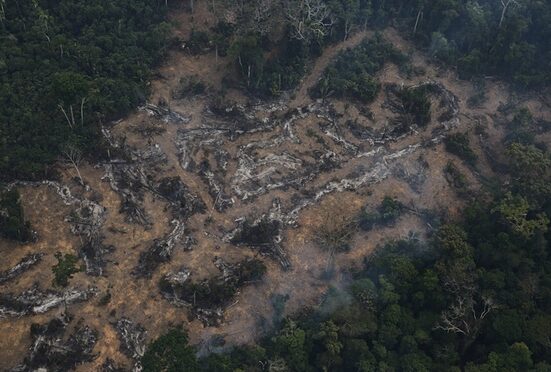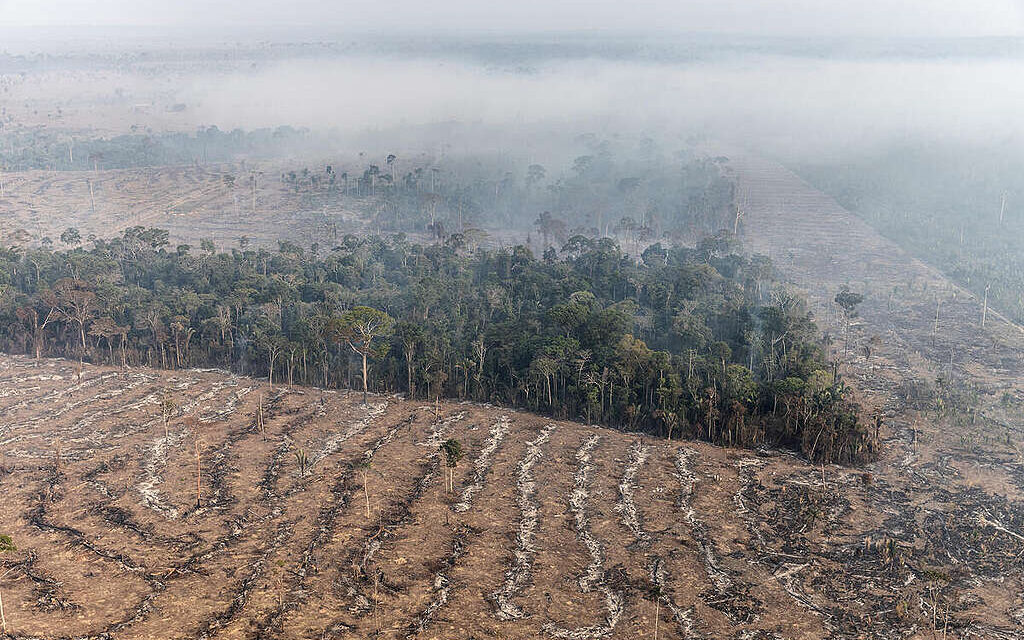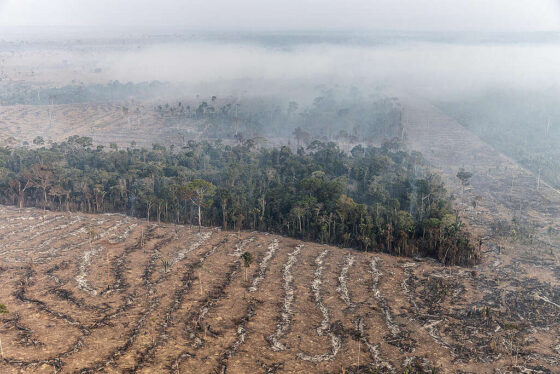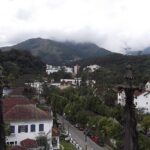Trees covering an area more than seven times the territory of New York City have been cleared in the Brazilian Amazon over the past year, in a major setback for government efforts to combat deforestation.
The grim statistics from Brazil’s environment ministry, which were released on Thursday, underscore the growing climate threat posed by deforestation ahead of a United Nations conference in Paris that aims to reduce global carbon emissions.
Satellite data revealed that 5,831 square kilometers of land was cut down or burned in the Brazilian Amazon in year to 1 August: a 16% increase on the destruction of the previous 12 months.
This is the second acceleration in three years, following almost a decade of impressive declines. That suggests the state’s efforts – which include high-tech monitoring, stiffer financial penalties and boots on the ground – are having a diminishing impact.
Going into the Paris conference, that is bad news for Brazil and a worrying trend for the planet. Deforestation accounts for about 15% of greenhouse gas emissions.
The increase is the result of weaker government regulation, particularly the relaxation of the Forest Code; dams, roads and other infrastructure projects; the growing strength of the agricultural lobby; and the faltering economy, which is driving more people to illegally log timber and clear land for cattle and crops.
Environment minister Izabella Teixeira acknowledged the figures were worse than expected. “It was a surprise, particularly the increase in Mato Grosso”, she said in reference to the state that has long been on the frontline of forest clearance. “Pressure for more logging is again strong and coming from agriculture and livestock activities”.

An aerial view of a deforested plot of the Amazon at the Bom Futuro National Forest in Porto Velho, Rondonia State, Brazil. Photograph: Nacho Doce/Reuters
Mato Grosso is the biggest grain producing state in Brazil. Deforestation also rose in Rondônia and Amazonas. These areas have been the focus of operations against illegal loggers by public prosecutors and federal police. But despite a flurry of arrests, investigators admit that the system of monitoring is undermined by corruption and legal loopholes.
Government officials stress the overall improvement in the past decade. Average rates of deforestation over the past four years have fallen by 80% compared to the peak in 2004. This is a far better trend than those in Amazonian countries such as Peru, Bolivia and Ecuador, or other nations with giant forests, such as Indonesia or Russia.
Brazil, which is home to 65% of the Amazon forest, is committed to zero illegal deforestation by 2030, though conservationists say much of the Amazon will have been cleared by then.
The impact of deforestation is not limited to carbon emissions. Earlier this month,researchers warned that 57% of the 15,000 Amazonian tree species – including Brazil nut, wild cacao and açai – face extinction at current rates of land clearance.
On Friday, international conservation groups called on Brazil to step up its fight against illegal land clearance and to provide better incentives for sustainable production and forest restoration.
“One the eve of climate change talks in Paris, these figures provide a stark reminder that the war on deforestation is far from won”, said Damian Fleming, head of Amazon programmes for the World Wildlife Fund.
“Deforestation continues to erode the world’s most important biome for biodiversity, and remains a major source of greenhouse gas emissions. The Brazilian government should boost efforts to protect the country’s irreplaceable forests”.
Source: The Guardian
















Facebook Comments